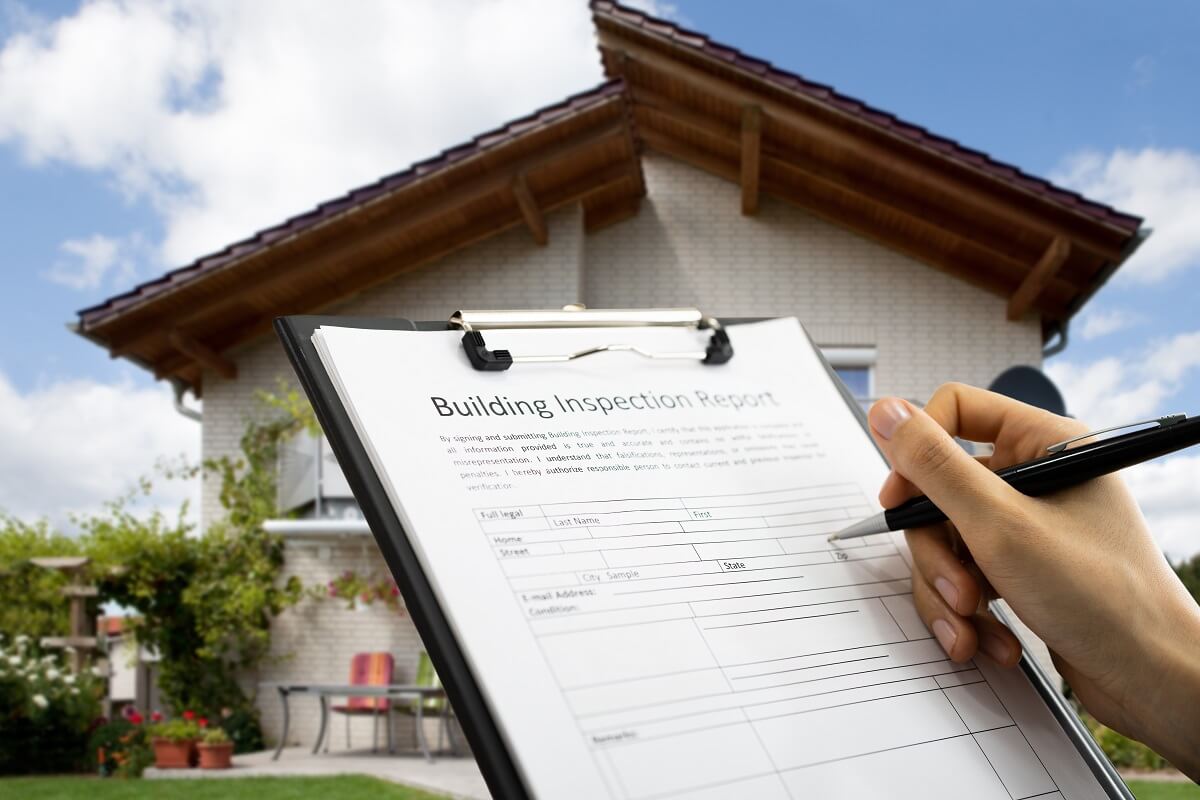- By cyond
- No Comments
- Building Inspection
A building inspection report is an essential document for anyone considering purchasing, renovating, or maintaining a property. It provides an in-depth evaluation of a building’s structural integrity, safety, and overall condition, helping potential buyers, investors, and owners make informed decisions. CYOND – building Inspection and Repair services is your go-to choice for all maintenance and repair solutions. Here’s what you should look for when reviewing the report.
1. Overview and Property Details-
The age of the building is an essential factor in evaluating its overall condition and the potential for issues. Older buildings, while often full of character and historical value, may come with inherent challenges such as aging infrastructure, outdated building materials, and the need for modernization. On the other hand, newer buildings may have issues related to poor construction quality or hidden defects that were not apparent during the initial build. Trust CYOND – best building repair and maintenance services detects blind spots for you by using technologies that give you regular quality updates.
Immediate concerns: Highlighting Serious Issues with possible rectifications-
Immediate Concerns such as structural cracks or water seepage is one of the most critical parts of an inspection report. Over time, the ground beneath a building can shift or settle, leading to uneven settling of the foundation. Also, prolonged moisture exposure can cause the growth of mold and mildew, which can affect air quality and health.
2. Structural Elements-
One of the most critical parts of the building inspection report focuses on the structural integrity of the property. This includes the condition of the following:
- Roof: The inspector will check the roof for leaks, signs of wear, and the condition of the materials. They will assess whether the roof needs repairs or replacement.
- Floors and Ceilings: Any unevenness, sagging, or other structural problems will be identified.
3. Exterior Assessment-
The next major area of the inspection focuses on the exterior of the building. This typically includes:
- External Walls and plaster: The inspector will check for cracks, damp patches, peeling plaster, or paint, which can signal weather damage or water infiltration.
- Roof: Check for cracks, water pooling, spalling (surface peeling), or any signs of water seepage. Evaluate any waterproofing layer or insulation.
- Columns, Beams, and Walls: Look for visible cracks, rust stains, and signs of shifting, which could indicate structural stress.
- Doors and Windows: Inspect alignment, frame condition, and any visible gaps or leaks. Ensure proper drainage systems near openings.
- External Paint: Assess the condition of the paint, and look for mildew, mold, or peeling that may indicate water ingress.
4. Interior Assessment-
The interior inspection focuses on the systems and components that affect daily living or operation. These include:
- Walls and Ceilings: Check for cracks, dampness, mold, water stains, or efflorescence (white salt deposits indicating water seepage).
- Floors and Tiling: Inspect for uneven surfaces, cracks, and hollow-sounding tiles, which may indicate detachment or moisture beneath.
- Doors and Windows (Interior): Ensure they are in working order, noting any swelling (in the case of wooden frames) or air leaks.
- Staircases and Railings: Check the integrity and stability of handrails, steps, and landings for any signs of wear or damage.
5. Safety Concerns
Building inspections often highlight any safety hazards within the property. This could include:
- Fire Safety: The report will look for the presence and condition of fire alarms, fire extinguishers, escape routes, and fire-resistant materials.
- Asbestos and Lead: Older buildings may contain hazardous materials such as asbestos or lead paint. The report will indicate the need for testing or remediation if these are suspected.
- Pest Infestation: Signs of pests, such as termites, rodents, or mold, are a common issue. The inspector will note any findings and suggest treatments.
6. Plumbing system-
- Inspect plumbing equipment : Inspect visible pipes, fittings, and fixtures for leaks or corrosion.
- Leakage: Check water pressure, drainage, and look for any signs of leakage, especially around water tanks.
- Checking moisture: Assess water heaters, shut-off valves, and areas near pipes for any signs of moisture.
7. HVAC (Heating, Ventilation and Air Conditioning)
- Check Operational Status of HVAC Systems: Ensure that the HVAC system is running smoothly and at the correct temperature settings.
- Condition of filters: Replace filters if they are clogged, damaged, or excessively dirty, as this can affect air quality and system efficiency.
- Checking Ventilation: Verify that exhaust fans in bathrooms and kitchens are working properly to eliminate moisture, odours, and contaminants.
8. Safety and Compliance-
- Fire Safety Equipments: Test smoke detectors to confirm they are functioning properly along with fire extinguishers in accessible locations, especially near kitchens, garages, and electrical rooms.
- Inspect Railings: Inspect railings on stairways, balconies, and landings for stability. Ensure they are securely fastened to the wall or floor.
- General Hazard Assessment: Inspect flooring, carpeting, and walkways for any uneven surfaces, loose tiles, or protruding objects that could cause trips and falls.
9. Moisture and Insulation-
- Inspect for Signs of Moisture: Check walls, ceilings, and floors for visible signs of dampness, such as water stains, mildew, or mold growth.
- Check Insulation: Ensure proper waterproofing in areas with frequent water exposure (e.g., grout lines in showers, behind kitchen counters).
- Inspect Basements for Dampness: Look for signs of water seepage through basement walls, particularly during rainy weather.
10. Additional Observations & Recommendations-
Regular maintenance and improvements are crucial for ensuring the long-term health, safety, and value of a property. Not only do they prevent costly repairs down the road, but they also enhance the overall living experience.
A building inspection report is a lengthy process and requires a thorough and quality maintenance check. Contact CYOND- best building Inspection and Repair Company in hyderabad provides simple cost-benefit analysis that will show that our pricing is a minuscule fraction of the immense benefit that we offer.


